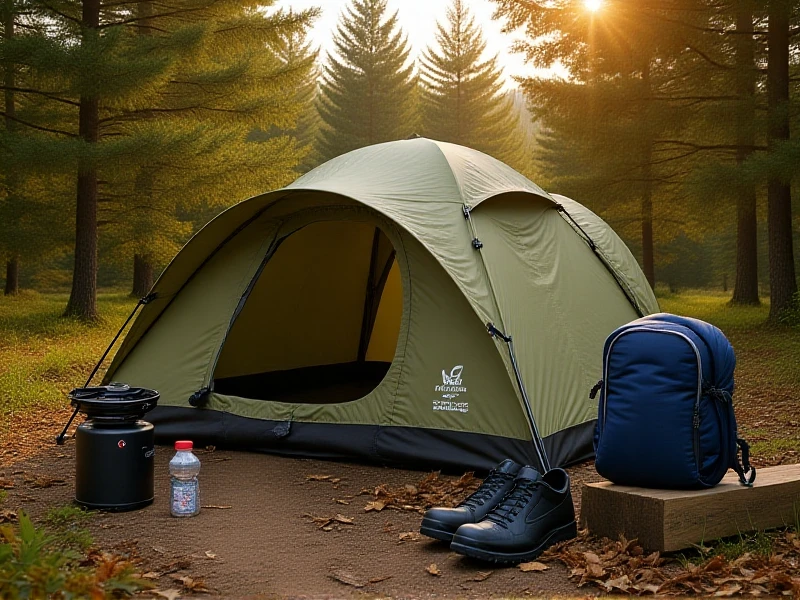
Your Ultimate Guide to Choosing the Perfect Camping Tent
Here is an SEO-optimized article about tents:
Finding the right tent transforms your outdoor adventures from merely surviving to truly thriving. A reliable tent is your haven, shielding you from the elements and providing that essential home base after a long day's hike or exploration. But with so many options, selecting the ideal tent can feel overwhelming. This guide breaks down the key factors to consider when buying your next shelter.
Understanding tent types is crucial:
- Backpacking Tents: Prioritize lightweight materials and compact packing. Ideal for hikers carrying gear. Look for weights under 5 pounds. Dome and tunnel designs are popular for their stability-to-weight ratio.
- Car Camping/Family Tents: Focus shifts to spaciousness, comfort, and ease of setup since weight is less critical. Often feature larger doors, higher ceilings, multiple rooms, and generous vestibules for gear storage. Cabin and instant tents are common styles.
- 3-Season Tents: The most versatile option, designed for spring, summer, and fall. Provide excellent ventilation and protection from rain and moderate wind using mesh panels and waterproof flysheets.
- 4-Season/Mountaineering Tents: Engineered for harsh winter conditions, high winds, and heavy snow loads. Use stronger poles, fewer mesh panels, and robust, weather-resistant fabrics, often sacrificing ventilation and weight.
Beyond type, critical features impact comfort and safety:
- Weather Protection: Ensure the rainfly offers full coverage and has a high Hydrostatic Head rating (e.g., 1500mm ) indicating waterproofness. Seam-taped construction is non-negotiable. Good wind resistance requires sturdy poles (aluminum is best) and a streamlined shape.
- Ventilation: Essential to minimize condensation inside. Look for large mesh panels, especially on doors and ceilings, and adjustable rainfly vents. Double-wall designs (separate inner tent and fly) vastly outperform single-wall tents in this regard.
- Capacity: Tent capacities (e.g., 2-person, 4-person) are optimistic. They usually indicate the minimum number of people fitting tightly – subtract one person for comfort and gear space. Consider floor dimensions and peak heights.
- Setup: Practice pitching your tent at home! Freestanding designs allow easy repositioning. Color-coded poles and clips speed up assembly. Remember: always use the included guylines and stakes for stability, especially in wind.
- Durability: Examine the denier (D) rating of the tent floor and fly – higher numbers indicate thicker, tougher fabric, crucial for rocky ground. Reinforced stress points are important.
Choosing Your Tent:
- Assess Your Needs: Primary activity? Season? Number of occupants? Space requirements?
- Set Your Budget: Quality tents are an investment offering protection and longevity.
- Compare Key Specs: Weight, capacity, packed size, weatherproof ratings, materials.
- Read Reviews: Real-world feedback is invaluable for understanding pros and cons.
Investing time in selecting the perfect tent ensures countless comfortable, memorable nights under the stars. Prioritize protection, space, and features that match your adventures for the ultimate outdoor comfort. Happy camping!